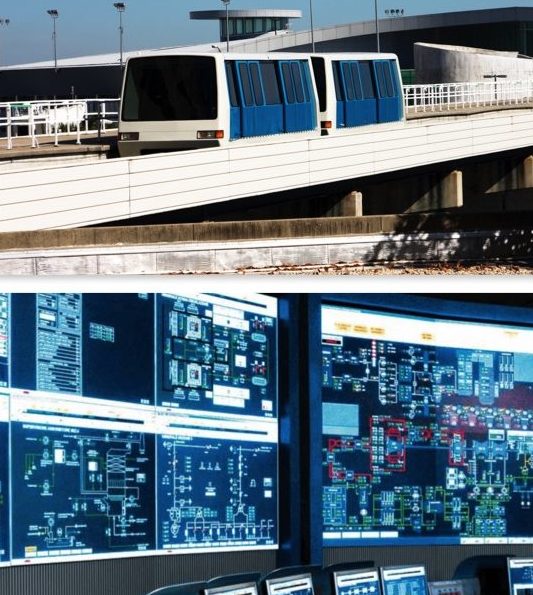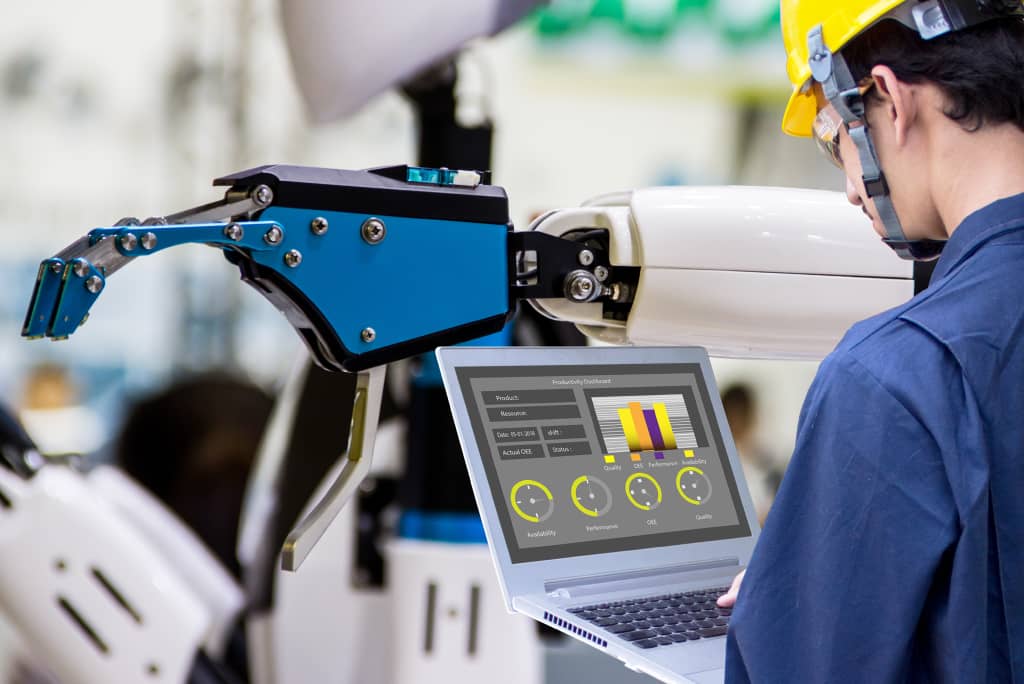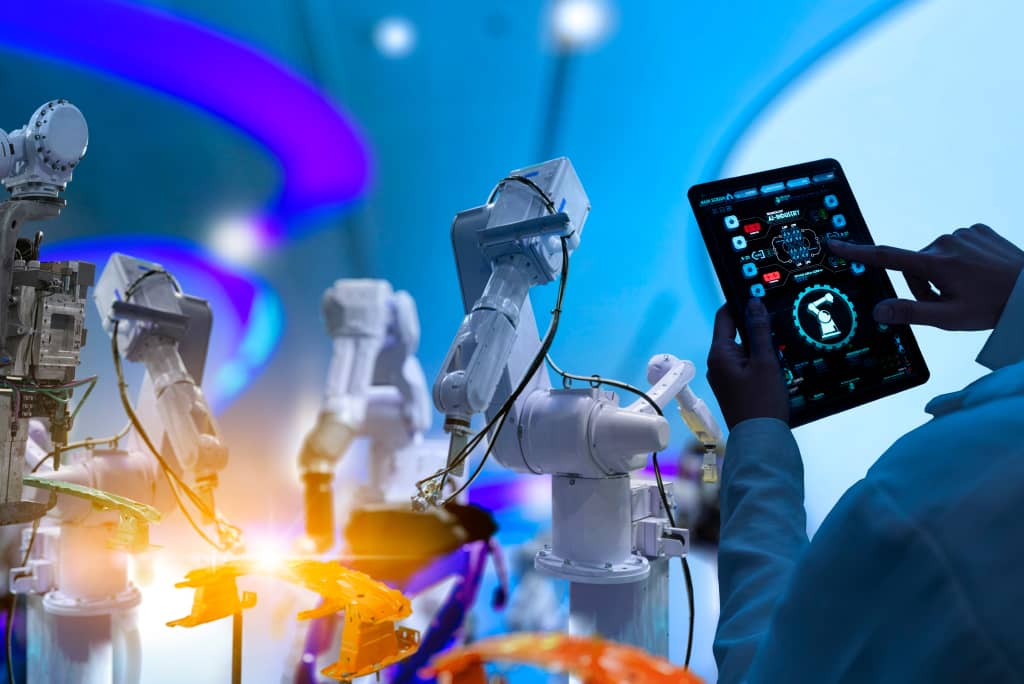RECENT POSTS

Early Control Systems Integration Limits Late Project Risks
Construction projects begin with plans, drawings, permits, and associated documents that verify the suitability of a location for a project and validate a general solution for a given application. As construction projects increase in size and complexity, the planning process becomes more involved, and the team expands to include specialists from a variety of trades. However, in large-scale commercial and industrial applications, the upfront design of projects’ automation systems is often overlooked as one of the critical trades to include at the outset of planning. The approach of designing core automation systems turnkey from a single vendor late in the process is often a mistake that creates risks, delays, and most importantly liquidated damages.
Control systems integration design leads not only ensure that the initial automation functionalities can be designed but also help the end client to enjoy the lowest complexity and related cost of ownership over the lifetime of their operation. There are good reasons that control system integration licenses and engineering certifications are specialized standalone recognitions: they are not a simple offshoot of electrical contracting and shouldn’t be treated as such.
This concept is fundamentally engrained with Pacific Blue Engineering (PBE). PBE’s team has a long track record for project success, and they especially shine when they are brought in at the early phases of projects. Not only do they “speak automation” but they have a deep understanding of how automated manufacturing, SCADA, and material handling systems should be tied in at the facility level. Required functionality can be designed with the least amount of cost and risk. In addition, Hazard Analysis sometimes identifies specific safety control hardware needed, and Pacific Blue Engineering understands the fine details of these systems.
The PBE team applies an overarching approach that considers general facility equipment and ancillary systems when evaluating an automation design. This is a huge advantage to the long-term operators of plants, transit systems, and attractions who absorb the costs of operations and maintenance while maintaining peak utilization.
The Pacific Blue team was recently brought in on a large-scale material handling application at one of the top 20 volume airports in the world. The basis for package handling alone can be complex given the unpredictable and constantly changing array of inputs in the form of gunshot detection, door intrusion detection, network communication status, power monitoring, and emergency functionality. Add the challenge of security integration and other systems such as transit equipment, and the entire application becomes multi-dimensioned and complex.
The PBE team was initially selected to provide some programming and supervisory control and data acquisition (SCADA) development, but it was quickly determined that much of the upfront design and specification work that should have occurred near the project outset had been overlooked. Orders had been issued for long lead time items with the control functions only receiving a cursory review and thus, many items were inbounded with little chance of connecting as intended upon arrival. The packages for power, building management and control, and other subsystems would have functioned in a standalone mode, but their install would never have presented a common fit and feel that the end client desired.
The Pacific Blue team was added in time to avert potential integration disasters in this application. The team streamlined project management by becoming a single point of contact for SCADA applications. Control design of these applications was properly executed by ensuring systems can communicate with each other and meet requirements such as redundancy. In addition, they were able to determine where flaws existed in the overall design and was able to solve those problems via hardware design & supply and programming functions that were not included in any core systems’ orders. The PBE team was able to reduce project risk, corrective action costs, and the overall labor required to commission the work.
Sam Poon, Business Development and Project Manager at PBE says, “This is a great example of late project risks and challenges when a lead integrator is brought in late in the game, and the necessary means to solve them. It can be straightened out but didn’t need to be as overall complex as this became”. This was truly a case where the expertise of the PBE team was used to improve a project that wasn’t “wrong” at the time of inception but had the potential to be much riskier and more complicated than necessary at the end.
Electrical, mechanical, HVAC, security, safety systems, and SCADA planning are critical to the success of any project. When given proper planning and attention, no single discipline can make these systems all come together like a highly experienced integrator. Few integrators bring the breadth of experience and capability as Pacific Blue Engineering.
similar posts
Certifications
Contact Us
Telephone:
Corporate Office “The Shop”
Pacific Blue Engineering, LLC
2880 Orange Ave
Long Beach, CA 90755
© All contents copyright © 2023 by Pacific Blue Engineering













